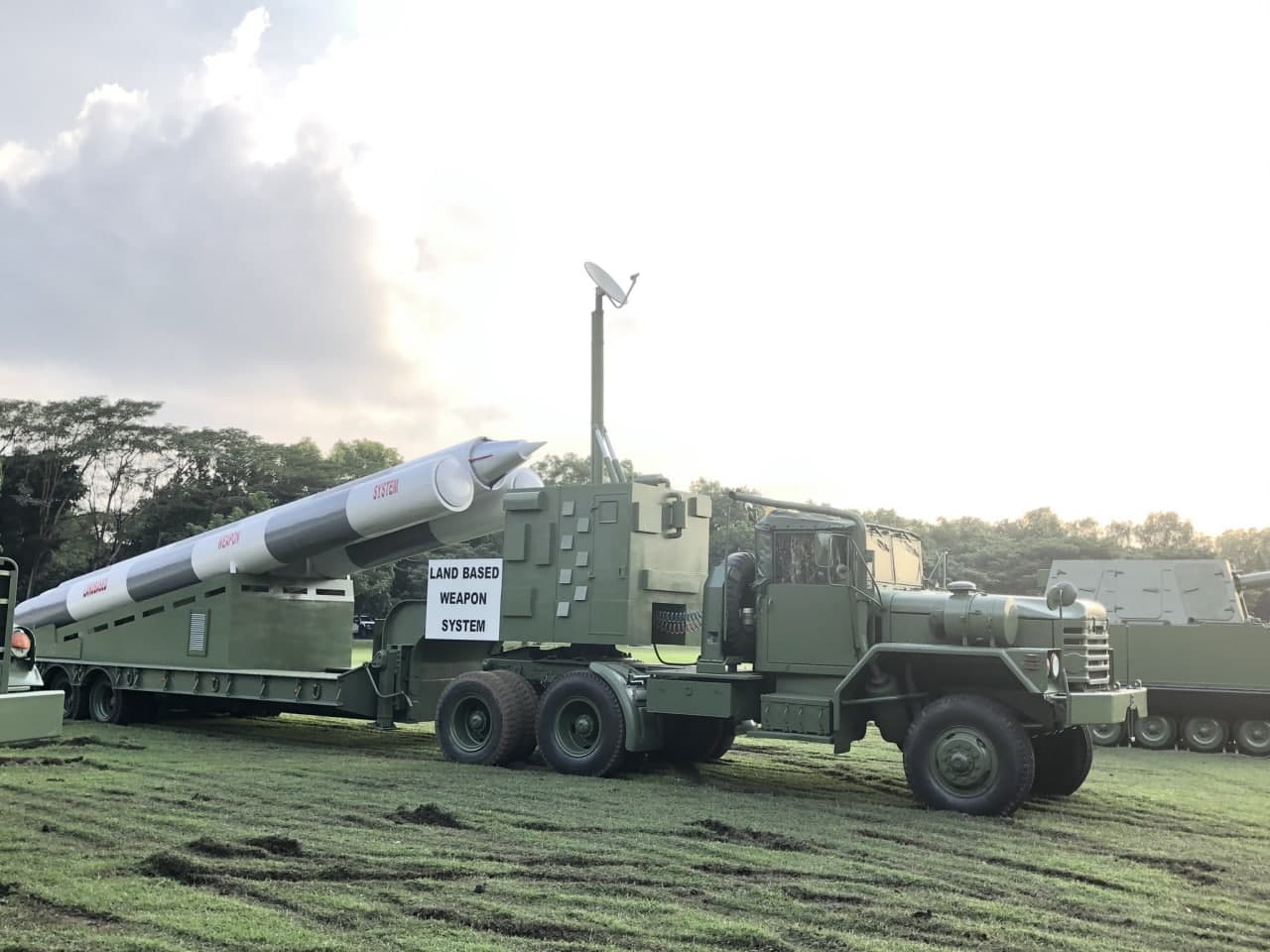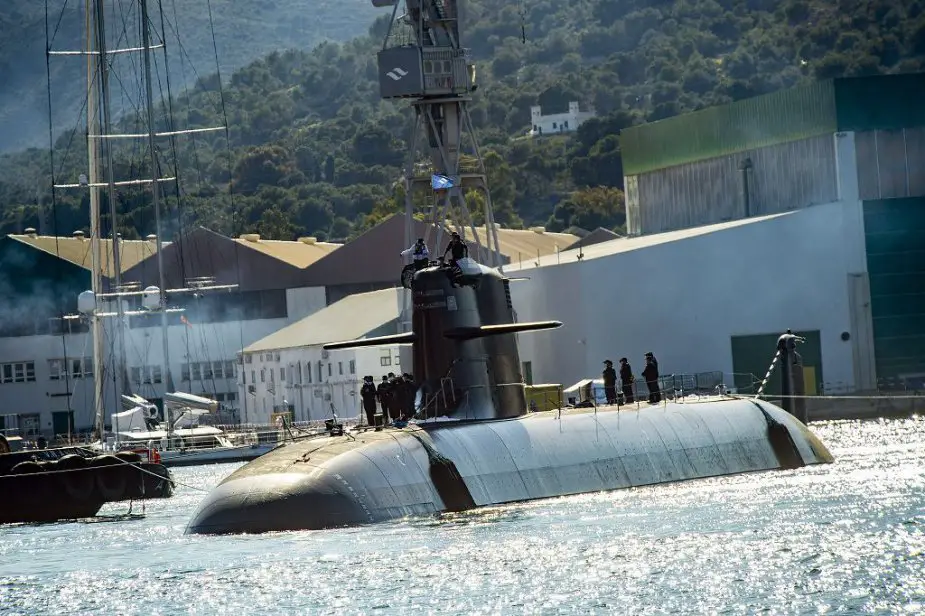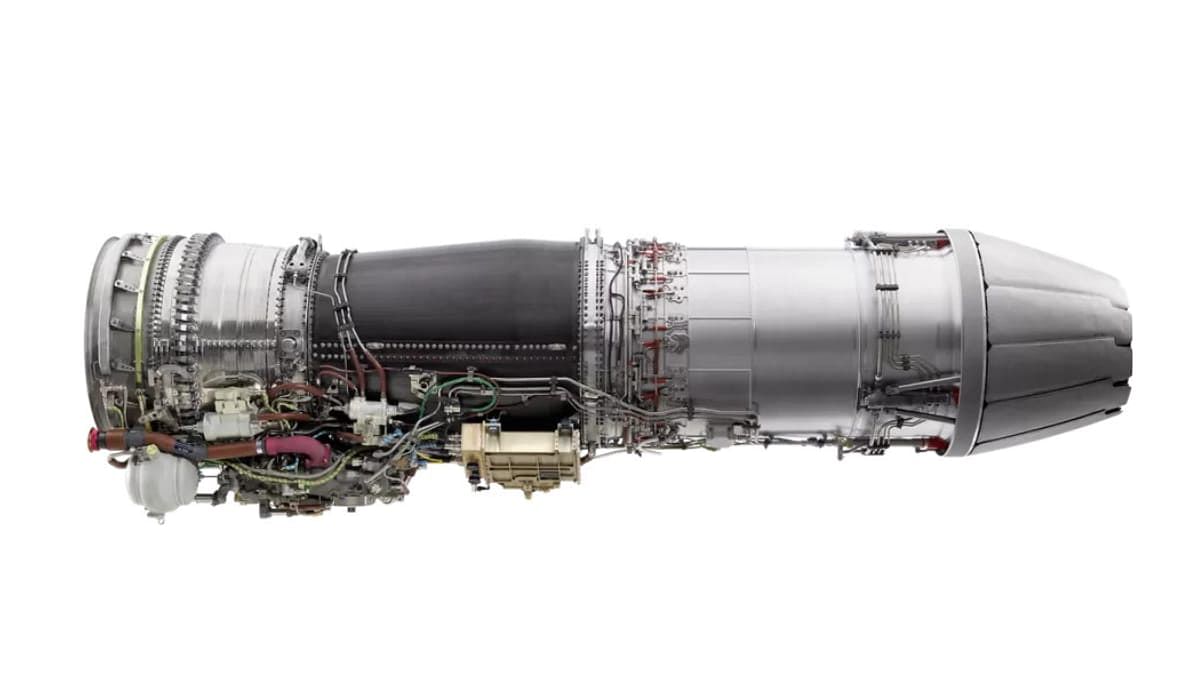SOURCE: IDRW.ORG TEAM.


While the Indian Navy ultimately chose a different path, China’s People’s Liberation Army Navy (PLAN) is gearing up for its future aircraft carriers with the KJ-600, a deck-based Airborne Early Warning and Control (AEW&C) aircraft.
Before the KJ-600’s emergence, the Indian Navy explored the possibility of using the Northrop Grumman E-2 Hawkeye for its upcoming Indigenous Aircraft Carrier (IAC), envisioned as a 65,000-ton behemoth. Negotiations in the early 2000s involved the potential acquisition of six E-2 Hawkeye aircraft, planned for operation on both the INS Vikramaditya and the IAC.
Continue readingSOURCE: IDRW.ORG TEAM.


India is gearing up to deliver the first batch of BrahMos anti-ship cruise missiles to the Philippines by the end of March. This shipment marks a significant milestone in the growing defense partnership between the two nations.
The delivery, originally planned for late 2023, was postponed at the Philippines’ request. This delay allowed for the completion of a new base specifically designed to house the BrahMos missile batteries. The BrahMos Corporation, a joint Indo-Russian venture, will be responsible for sending both the ground equipment and the missiles themselves.
Continue readingSOURCE: RAUNAK KUNDE / NEWS BEAT / IDRW.ORG

India’s quest for a robust long-range air defence system takes a significant step forward as Project Kusha, the indigenous LRSAM (Long Range Surface-to-Air Missile) program, reportedly completes the design phase. This development, according to an official source told idrw.org, paves the way for the creation of crucial components that will form the LRSAM system.
Project Kusha, spearheaded by the Defence Research and Development Organisation (DRDO), aims to equip the Indian Air Force (IAF) with a powerful tool to neutralize various aerial threats. The envisioned system boasts a range of nearly 350 kilometres and is designed to counter stealth fighters, conventional aircraft, ballistic and cruise missiles, precision-guided munitions, and unmanned aerial vehicles (UAVs).
Continue readingSOURCE: RAUNAK KUNDE / NEWS BEAT / IDRW.ORG


NewSpace Research and Technologies (NRT), a leading Indian aerospace and defence R&D company, recently took a step forward in fostering US-India military cooperation. NRT participated in discussions with the U.S. Army DEVCOM Army Research Laboratory (ARL) to explore potential collaboration opportunities.
During the discussions, NRT CEO Sameer Joshi presented NRT’s vision for “#NRT Next Generation Missions & Technologies (NGMT)” and a roadmap for co-development projects. This engagement aligns with the priority of both the Indian Ministry of Defence (MoD) and the United States Department of Defense to strengthen military cooperation between the two nations.
Continue readingSOURCE: RAUNAK KUNDE / NEWS BEAT / IDRW.ORG


Former Chief of Air Staff Air Chief Marshal RKS Bhadauria’s recent entry into politics, particularly joining the Bharatiya Janata Party (BJP) and the possibility of his candidacy from Ghaziabad, has sparked discussions not only in political circles but also within defence and aerospace communities. Bhadauria, known for his staunch advocacy of indigenous fighter jet programs and strategic defence procurement decisions during his tenure, brings a unique perspective to the political arena.
Air Chief Marshal RKS Bhadauria is renowned for his illustrious career in the Indian Air Force (IAF). As a former test pilot of the LCA-Tejas fighter jet, he played a pivotal role in advancing India’s indigenous defence capabilities. His unwavering support for programs like the Tejas MkII underscores his commitment to bolstering India’s defence industry and reducing reliance on imports for critical defence equipment.
Continue readingSOURCE: IDRW.ORG TEAM.


Satyanarayan Nandlal Nuwal, Chairman of Solar Industries India Limited (SOLARINDS), confirmed a significant development for Indian defense exports. Armenia placed orders for three variants of the Pinaka multi-barrel rocket launcher (MBRL) system in a deal valued at US$265 million (?2,000 crore) last year.
This marks the first-ever export of the indigenously developed Pinaka system. Armenia’s order encompasses four Pinaka batteries along with other defense equipment. The Pinaka comes in three variants:
Continue readingSOURCE: IDRW.ORG TEAM.


India’s space ambitions have taken a significant leap forward with the formalization of the New Generation Launch Vehicle (NGLV) project at Sriharikota. Aimed at establishing India’s own space station and lunar exploration missions, the NGLV project represents a bold stride towards self-reliance and innovation in space exploration. Powered by green fuel combinations, boasting higher payload capabilities, and emphasizing reusability, the NGLV promises to revolutionize India’s space program and reduce launch costs significantly.
One of the defining features of the NGLV is its utilization of green fuel combinations such as methane-liquid oxygen or kerosene-liquid oxygen. This environmentally friendly propulsion system not only reduces carbon emissions but also enhances the rocket’s efficiency and performance. With a projected payload capacity of up to 10 tonnes to Geostationary Transfer Orbit (GTO), the NGLV surpasses India’s current heaviest rocket, the LVM-3, by more than double. This enhanced payload capability opens up a myriad of possibilities for launching larger satellites, conducting interplanetary missions, and supporting future space exploration endeavors.
Continue readingSOURCE: RAUNAK KUNDE / NEWS BEAT / IDRW.ORG


An unnamed Indian Navy official has shed light on the potential replacement for India’s Kilo-class submarines, currently nearing the end of their operational lifespan. The official, speaking to idrw.org, suggests that the Spanish-built S-80 Plus class submarines could be a perfect fit.
The Kilo-class submarines, procured in the mid-1980s, have served India’s maritime interests for decades. Extensive refits and upgrades have extended their operational life, but their time is coming to an end. The Navy is now exploring options for their replacement. Project-75I tender will see induction of six new submarines that will replace order Kilo Class of Submarines.
Continue readingSOURCE: RAUNAK KUNDE / NEWS BEAT / IDRW.ORG


The Indian Air Force (IAF) has expressed keen interest in the development of reconfigurable phased-array radar systems integrated into drones. This technology promises significant advancements in airborne surveillance and target detection capabilities.
Phased-array radars are electronically steered antenna systems that offer several advantages over conventional mechanical radar systems. They can rapidly switch beams in different directions without physically moving the antenna, allowing for faster scanning and improved tracking accuracy. Reconfigurable phased-array radars take this a step further by enabling the dynamic adjustment of beam shape and frequency, providing even greater flexibility in detecting and identifying various targets.
Continue readingSOURCE: RAUNAK KUNDE / NEWS BEAT / IDRW.ORG


The Aeronautical Development Agency (ADA) has issued a tender for maintenance, testing, and field service support of GE-F404 and GE-F414 engines. These engines are critical for powering various LCA (Light Combat Aircraft) variants, including the Tejas PV, LSP, and NP series. The GE-F414-INS6 engines will also be used in upcoming LCA-AF Mk2 and AMCA fighters.
Currently, ADA manages the maintenance of 10 GE-F404-F2J3 engines, 17 GE-F404-IN20 engines, and 9 GE-F414-INS6 engines. To further enhance its capabilities, ADA has established a comprehensive MRO (Maintenance, Repair, and Overhaul) facility for GE engines at GTRE, Bangalore. This facility includes a module replacement shop and a roof-mounted engine test bed located at Test Cell #5.
Continue readingSOURCE: IDRW.ORG


Satellite images reveal the progress of a dry dock at the BNS Sheikh Hasina naval base in Bangladesh, constructed with China’s assistance. This development signifies a deepening defense partnership between the two nations, potentially solidifying China’s influence in the Bay of Bengal region.
The BNS Sheikh Hasina base, located at Pekua in Cox’s Bazar, aligns with Bangladesh’s “Forces Goal 2030” program, a military modernization initiative. The base’s dry dock suggests maintenance capabilities for submarines, raising concerns for India.
Continue readingSOURCE: IDRW.ORG TEAM.


The Armament Research & Development Establishment (ARDE), a premier laboratory of India’s Defence Research & Development Organisation (DRDO), is seeking a qualified consultant to support the engineering design of next-generation Pinaka rocket warhead systems.
The consultant will be responsible for the meticulous engineering design of various warhead systems and their vital components for the Pinaka rocket family.
Continue readingSOURCE: RAJESH AHUJA / FOR MY TAKE / IDRW.ORG


The potential clash between India’s Rafale fighter jets and China’s J-20s is a topic of intense discussion. While some Indian Air Force (IAF) veterans believe 36 Rafales could overpower 200+ J-20s, the reality is more nuanced. The Rafale does boast of extensive combat experience in Afghanistan, Libya, Mali, Iraq, and Syria. But will this experience translates to pilot proficiency and battle-tested tactics in still questionable.
The J-20, China’s answer to fifth-generation fighter jets, boasts of stealth capabilities and advanced technology. However, its actual combat performance remains untested, raising questions about its true effectiveness. While not officially a 5th generation fighter, the Rafale incorporates many features of this class, including superior avionics, a highly capable radar system, and a wide range of weaponry.
Continue readingSOURCE: IDRW.ORG


The Indian drone industry is witnessing a growing focus on counter-unmanned aerial systems (C-UAS) solutions, particularly those utilizing directed energy weapons (DEWs). This shift comes as traditional C-UAS methods, often relying on kinetic means like jamming or physical destruction, raise safety concerns in populated areas.
While kinetic methods have been the mainstay of C-UAS defense, they come with limitations. Shooting down drones can pose risks of falling debris in urban environments, while jamming can disrupt legitimate radio frequencies.
Continue readingSOURCE: RAUNAK KUNDE / NEWS BEAT / IDRW.ORG


In a strategic move to bolster its defence capabilities, India’s State-owned Hindustan Aeronautics Limited (HAL) is gearing up to address the Indian Air Force’s (IAF) requirement for Medium Transport Aircraft (MTA). As reported by idrw.org, HAL is not only contemplating developing its offering but also exploring the possibility of collaboration with established Original Equipment Manufacturers (OEMs) in the aerospace industry.
The IAF, cognizant of the need to modernize its fleet, is in the process of refining the specifications for the MTA following thorough studies. It aims to replace the ageing Soviet-era An-32 and IL-76 transport aircraft by mid-2035, as highlighted by recent statements from the IAF chief.
Continue reading